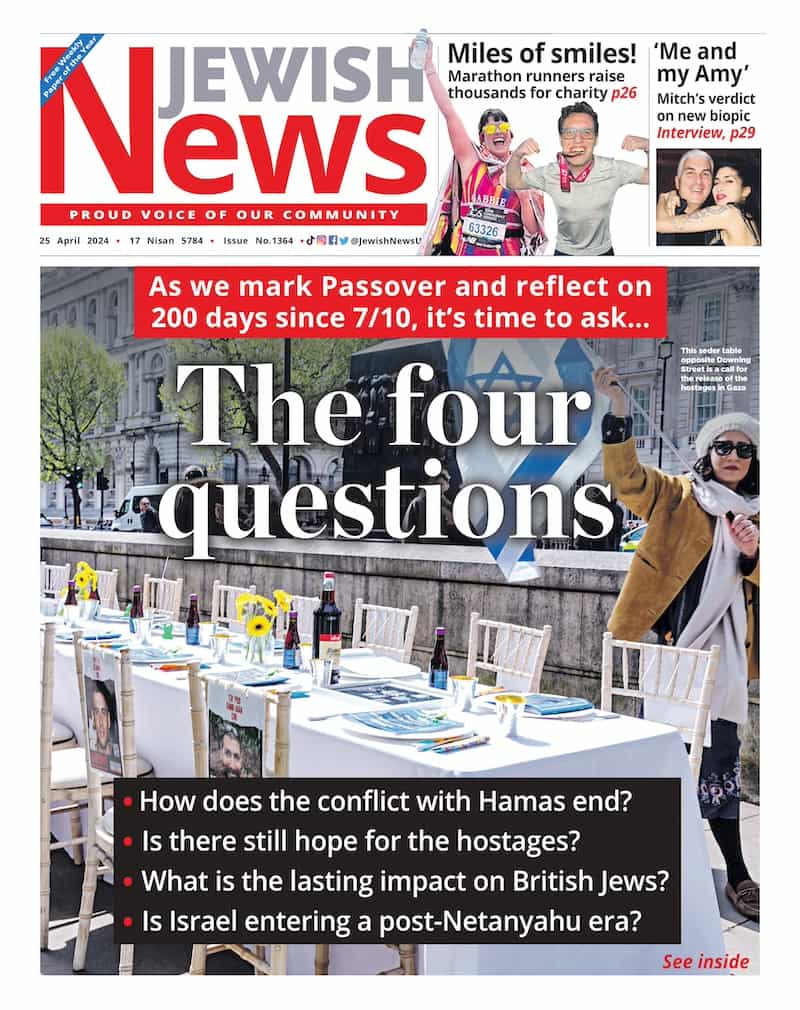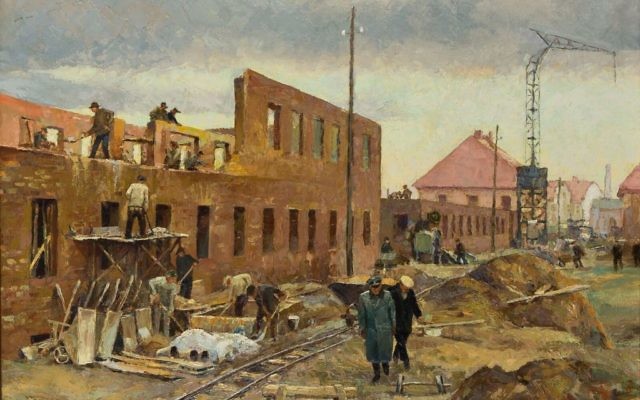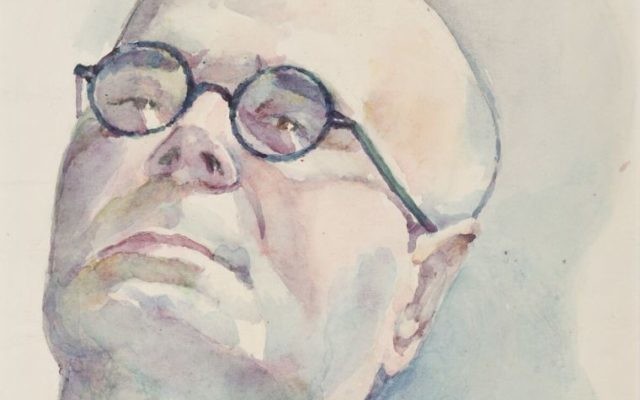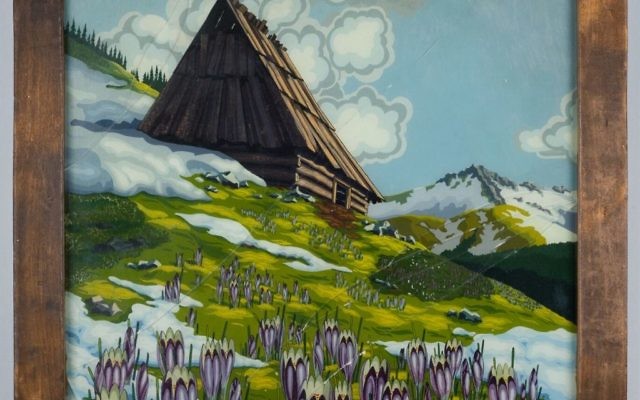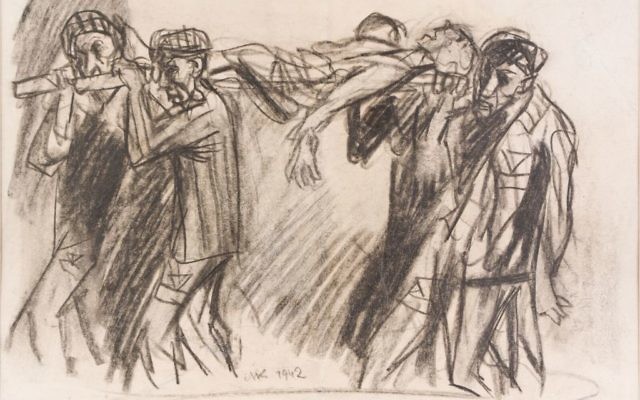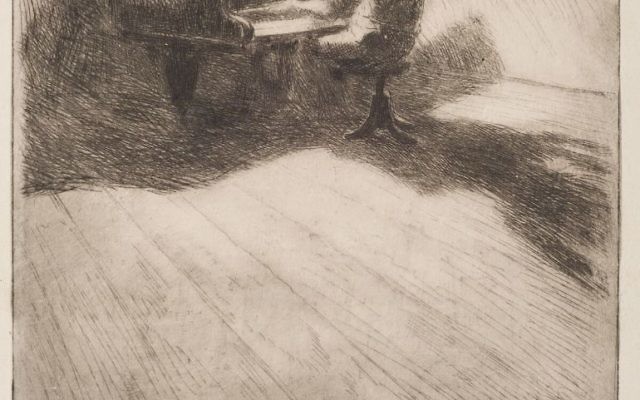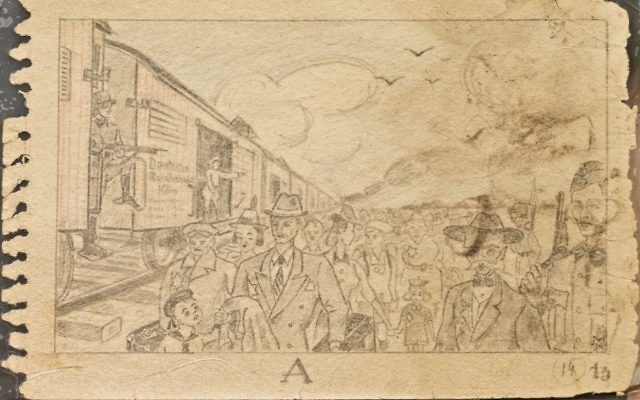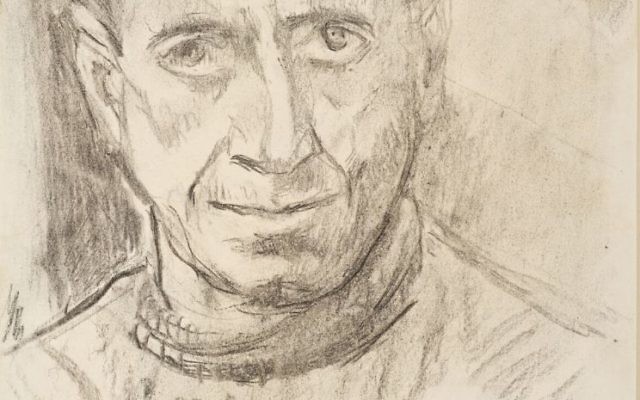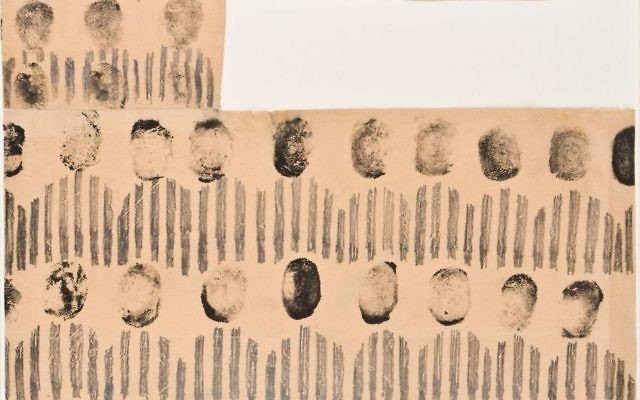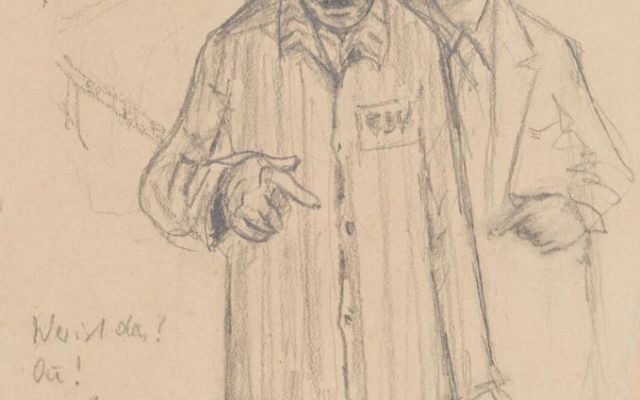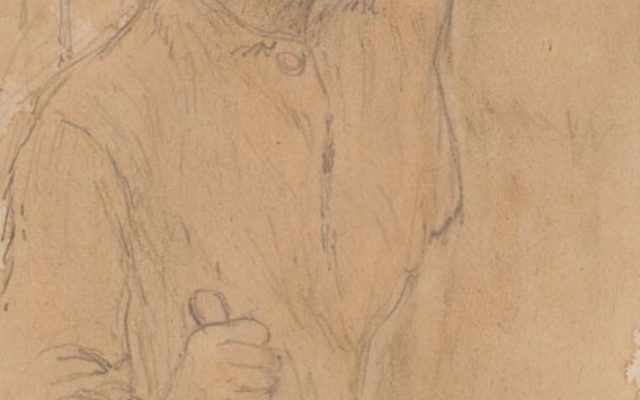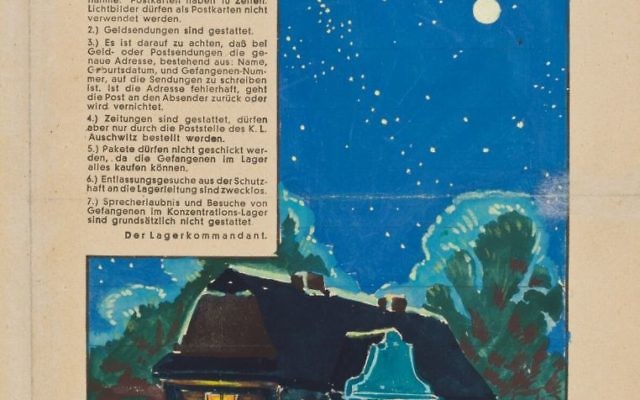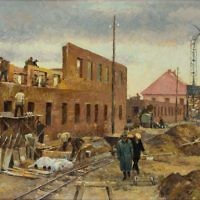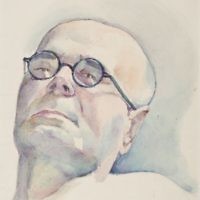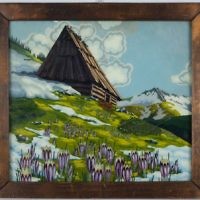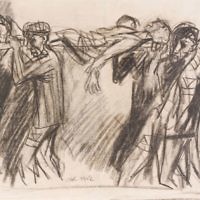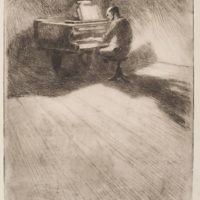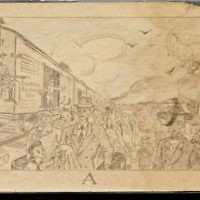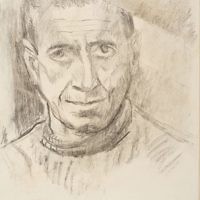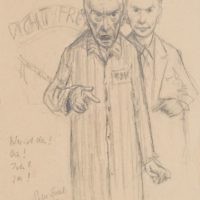Exhibition reveals Auschwitz through inmates’ eyes
Display at the National Museum in Krakow highlights the brutality of the Nazi death camp with works made by prisoners
A new exhibition in southern Poland shows the brutality of the Nazi death camp of Auschwitz through the artistic work of its inmates.
Some of the artworks are being shown publicly for the first time.
The Face To Face: Art In Auschwitz exhibition opened at the Kamienica Szolayskich (Szolayski Tenement House) of the National Museum in Krakow last week to mark 70 years of the Auschwitz Museum.
The museum’s task is to preserve the site in the southern town of Oswiecim and to educate visitors about it.
More than two million people visited the museum last year.
The curator of the Krakow exhibit, Agnieszka Sieradzka, said it includes clandestine as well as commissioned drawings and paintings by Jews, Poles and other citizens held at Auschwitz during the Second World War.
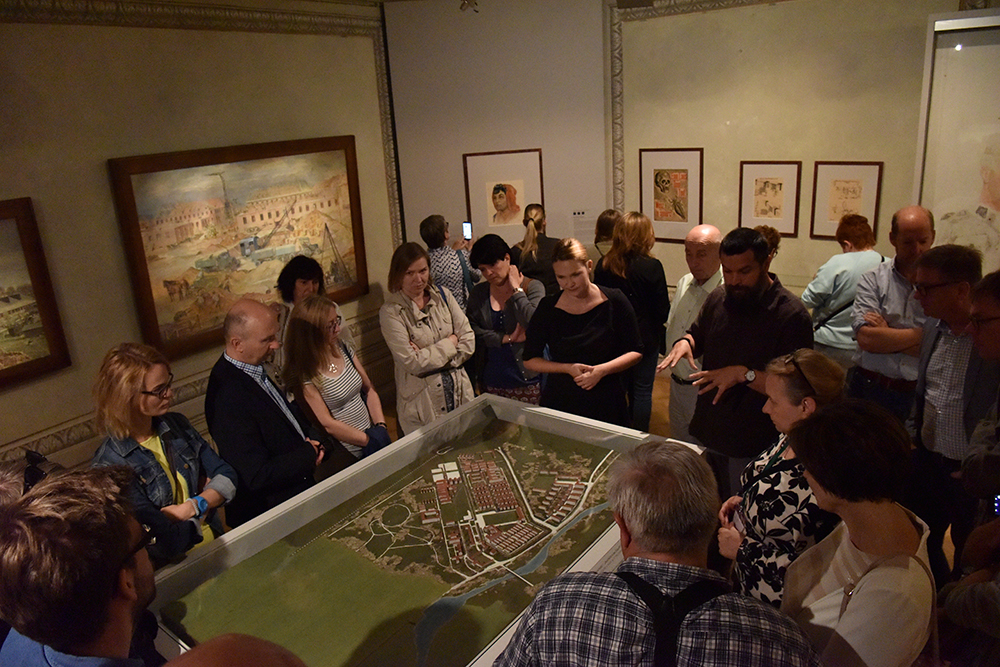
Photo: Auschwitz-Birkenau State Museum
“These works help us see Auschwitz as the inmates saw it and experienced it,” Ms Sieradzka told The Associated Press.
“We stand face to face with the inmates.”
The Nazis sometimes ordered talented inmates to make paintings for various purposes.
One such painting is a portrait of a Roma woman that pseudo-scientist Josef Mengele experimented on.
He ordered portraits like this from inmate painter Dina Gottliebova, a Jewish woman from Czechoslovakia.
The task helped her survive.
After the war she travelled to the US and started a family.
She died in 2009 in California under the name Dina Babbitt.
Among the clandestine art is the so-called Auschwitz Sketchbook by an unknown author.
It has 22 drawings of scenes of beatings, starvation and death.
It was found in 1947, hidden in a bottle in the foundation of a barrack at Birkenau, a part of the Auschwitz-Birkenau complex.
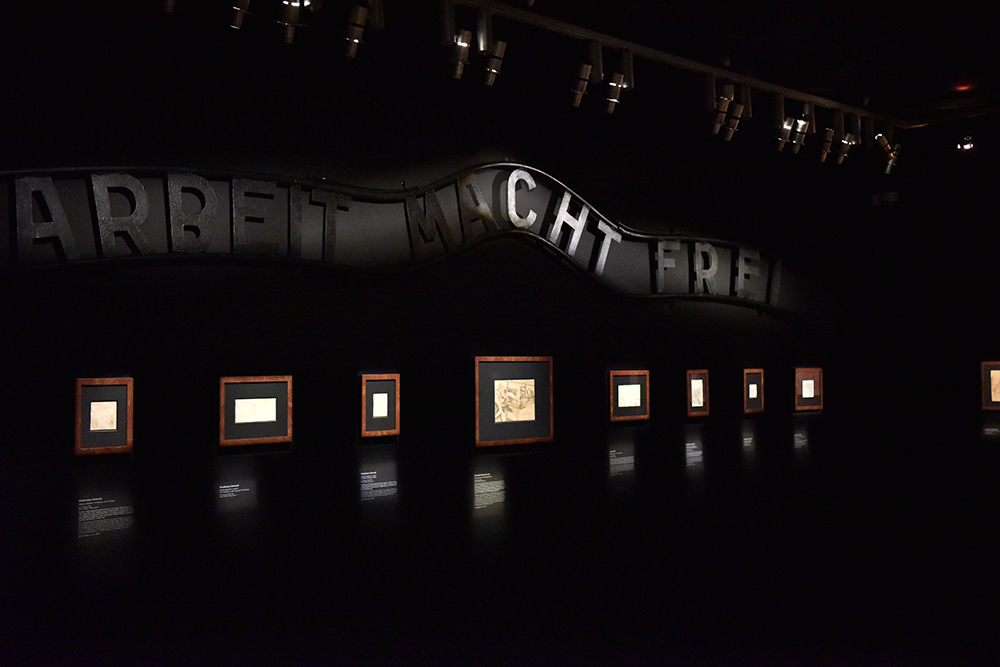
Photo: Auschwitz-Birkenau State Museum
It is the first time it is being shown to the general public.
The Sketchbook is housed at the museum and only shown on request.
Also being displayed is the original Arbeit Macht Frei (Work Sets You Free) gate top that was stolen and retrieved in 2009 and is now kept under guard at the museum.
From 1940-1945, some 1.1 million people, mostly European Jews but also Poles, Roma and Russians, were killed in the gas chambers or died from starvation, excessive forced labour and disease at Auschwitz, which Nazi Germany operated in occupied Poland.
- Władysław Siwek, Budowa Erweiterung, KL Auschwitz 1943.
- Marian Ruzamski, Portret mężczyzny w okularach, KL Auschwitz 1943-44.
- Bronisław Czech, Krokusy, KL Auschwitz 1943.
- Mieczysław Kościelniak, Powrót z pracy, KL Auschwitz 1942.
- Mieczysław Kościelniak, Koncert Adama Kopycińskiego, KL Auschwitz 1944
- Autor nieznany, Szkicownik z Auschwitz, KL Auschwitz 1943.
- Xawery Dunikowski, Portret Mariana Ruzamskiego, KL Auschwitz 1943-44.
- Peter Edel, Autoportret, KL Auschwitz 1944.
Art exhibit 'Face to Face. Art in Auschwitz' in Poland shows Auschwitz through inmates’ eyes: https://t.co/nvx57SAt2G @AP @MNKrk pic.twitter.com/CkLIQtQndO
— Auschwitz Memorial (@AuschwitzMuseum) July 12, 2017

Thank you for helping to make Jewish News the leading source of news and opinion for the UK Jewish community. Today we're asking for your invaluable help to continue putting our community first in everything we do.
For as little as £5 a month you can help sustain the vital work we do in celebrating and standing up for Jewish life in Britain.
Jewish News holds our community together and keeps us connected. Like a synagogue, it’s where people turn to feel part of something bigger. It also proudly shows the rest of Britain the vibrancy and rich culture of modern Jewish life.
You can make a quick and easy one-off or monthly contribution of £5, £10, £20 or any other sum you’re comfortable with.
100% of your donation will help us continue celebrating our community, in all its dynamic diversity...
Engaging
Being a community platform means so much more than producing a newspaper and website. One of our proudest roles is media partnering with our invaluable charities to amplify the outstanding work they do to help us all.
Celebrating
There’s no shortage of oys in the world but Jewish News takes every opportunity to celebrate the joys too, through projects like Night of Heroes, 40 Under 40 and other compelling countdowns that make the community kvell with pride.
Pioneering
In the first collaboration between media outlets from different faiths, Jewish News worked with British Muslim TV and Church Times to produce a list of young activists leading the way on interfaith understanding.
Campaigning
Royal Mail issued a stamp honouring Holocaust hero Sir Nicholas Winton after a Jewish News campaign attracted more than 100,000 backers. Jewish Newsalso produces special editions of the paper highlighting pressing issues including mental health and Holocaust remembrance.
Easy access
In an age when news is readily accessible, Jewish News provides high-quality content free online and offline, removing any financial barriers to connecting people.
Voice of our community to wider society
The Jewish News team regularly appears on TV, radio and on the pages of the national press to comment on stories about the Jewish community. Easy access to the paper on the streets of London also means Jewish News provides an invaluable window into the community for the country at large.
We hope you agree all this is worth preserving.

